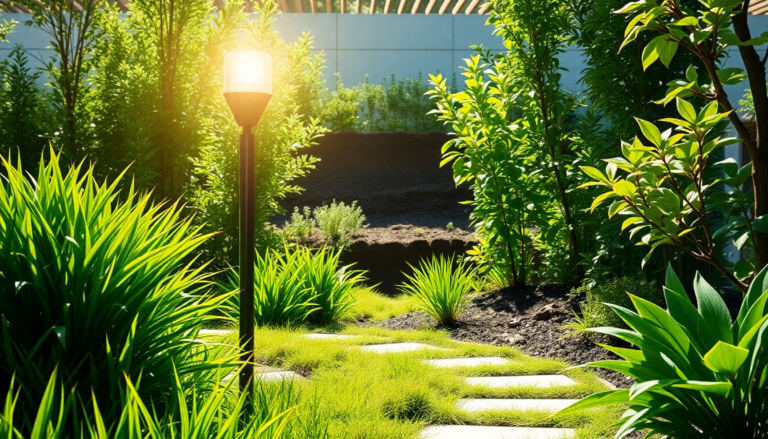Argomenti trattati
As the world increasingly looks for sustainable energy solutions, Nova Innova emerges with a fascinating concept: generating power from microbes found in soil and water. This innovative approach not only aligns with the pressing need for eco-friendly energy sources but also opens up exciting possibilities for powering everyday smart home devices, like outdoor lighting. Imagine a world where your garden lights are fueled not by the grid but by the tiny organisms living in the soil beneath them. Let’s delve into how this technology works and what it means for the future of smart homes.
The science behind microbial energy
The core of this technology revolves around what is known as a Plant Microbial Fuel Cell (P-MFC). Developed through collaboration between Nova Innova and Plant-e, this system transforms soil into a miniature power station. Here’s how it happens: during photosynthesis, plants produce organic compounds that seep into the soil through their roots. Bacteria in the soil feast on these compounds, and in the process, they release electrons. By strategically placing electrodes, these electrons are captured, creating a small but consistent electric current.
What’s remarkable is that this process does not harm the plants. They continue to photosynthesize, blissfully unaware that they are contributing to energy generation. Additionally, the system is CO₂-negative, meaning it sequesters more carbon than it releases, making it a win-win for both energy production and environmental preservation. Researchers are even experimenting with soil treatments to enhance the microbial population, potentially increasing energy output, although this technology is still in its nascent stages.
Practical applications: Living Light Park
One of the most charming demonstrations of this technology can be found at the Living Light Park in Rotterdam. Here, a 35-meter boardwalk is embedded with lights and sensors powered by the energy harvested from plants underground. As visitors stroll along, their movements trigger the lights to glow, all thanks to the microbial energy below their feet. This project not only showcases the potential of P-MFC technology but also highlights community involvement, as local residents selected the plants and contributed to the design of the lighting.
From parks to smart homes
Nova Innova’s vision extends well beyond parks. The technology has already powered various applications, from decorative lamps to large-scale events. For instance, during the launch of Peugeot’s E-5008 SUV, the company used 30 microbial fuel cells fueled by a mix of plants, mud, water, and even spent coffee grounds to illuminate a photoshoot. This innovative use of microbial energy hints at a future where smart home devices are seamlessly integrated with our natural surroundings.
Picture this: bedside lamps, wall sconces, and even motion-sensitive garden lights powered directly by the plants in your home. This isn’t just about sustainability; it’s about embedding eco-friendliness into everyday life without compromising on aesthetics or functionality. By generating their own power, these devices could help reduce reliance on traditional energy sources, paving the way for a more sustainable future.
The broader implications
The potential applications of this technology are vast. Beyond residential use, there’s a growing interest in deploying microbial energy sources for environmental sensors in marshlands or providing emergency lighting in remote areas where extending electrical infrastructure would be prohibitively expensive. The scalability and modularity of this technology make it not only practical but also remarkably elegant.
While it may sound unconventional—perhaps even a bit eccentric—this microbial energy technology is a clever, green solution that could redefine how we think about power generation. As we continue to explore innovative ways to harness the natural world, the integration of such technologies into our lives will undoubtedly lead to exciting developments in energy sustainability.

